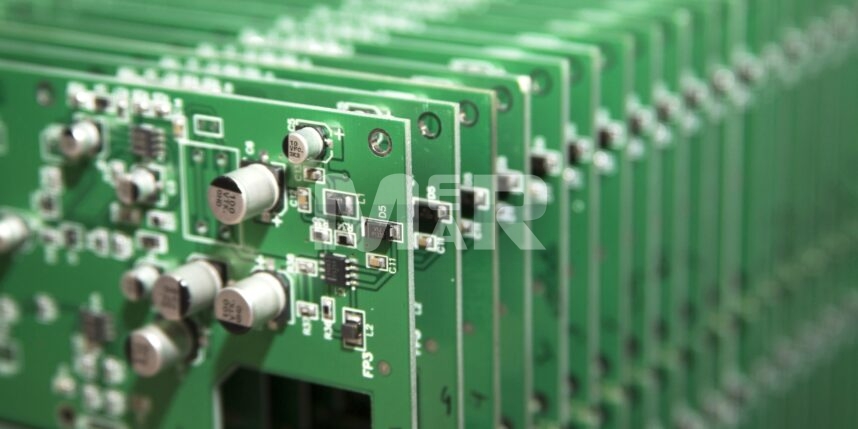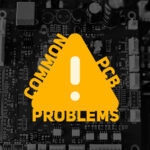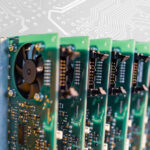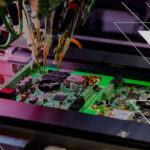Top Reasons to Reuse or Recycle Printed Circuit Board

The use of printed circuit boards is ubiquitous with dozens of industries from consumer electronics to military aircrafts making use of it. With new electronic devices literally flooding the market, the usage of PCB is only slated to grow.
The flip side to all of this is that there is already over 40 million tons of electronic waste being produced annually as per an estimate by the ILO, which is going to only increase.
This makes the issue of recycling electronics and that of recycling PCBs extremely crucial. Simply throwing them in landfills can cause tremendous harm to the environment. Incinerating boards also leads to release of toxic elements since the boards are coated with flame retardant substances. On incineration, they release toxic elements which when inhaled can lead to a whole lot of diseases.
It is therefore crucial that a recycling facility that can handle electronics disposal, be used. This typically involves dismantling the device and separating the toxic elements while recycling them through safe processes. Recycling can go a long way in reducing solid waste, landfill as well as land pollution.
Circuit board recycling also helps yield value material such as gold, silver, platinum and other precious metals, which are affixed to the boards. There is also copper in the board, which can be recycled
Circuit Board Recycling Methods
There are a number of methods that can be used for PCB board recycling. Primary among them include:
Mechanical process
This begins with a pre-treatment where the metals, polymer and ceramics are separated. In the next phase, metals are sent for metallurgical refining where they are subject to communication, classification and separation. The first involves reducing particle size and releasing metals. The classification stage involves separation of particle according to size. The separation technique involves separation of impurities.
In case of PCBs, it is important to remove non-conducting materials such as polymers and ceramics from the metals. This can be done in the following ways:
Pyro metallurgy
This process works on the principle of using high temperature to produce pure metals. The issue associate with the process, however is the emission of toxic compounds as also the fact that it requires high energy.
Hydrometallurgy
This method of separating metal, unlike pyro metallurgy is more energy efficient while also not causing as much pollution.
Electrometallurgy
This process makes use of electrolysis whereby metals can be recovered with high degree of purity.
Bio metallurgy
This involves exposing the metal to microbial action and is time consuming.
To sum up, here are the top reasons to recycle PCBs:
- Recycling ensures that you do not add to the already growing e-waste, which is dumped in landfills and adds to environmental hazards. In fact with more recycling greenhouse gas levels can be reduced.
- It helps us recover precious metals which can be melted down and re used in new devices. It is estimated that one metric ton of circuit boards can contain 40 to 800 times the amount of gold and 30 to 40 times the amount of copper mined from one metric ton of ore in the U.S.
- Lately several other wastes have also been recycled. These include printed circuit board edge trim, tin/lead solder dross, wastewater treatment sludge, copper sulfate PTH solution, copper rack stripping solution and tin/lead spent stripping solution.
- Mining of raw materials leads to air pollution, water pollution and greenhouse gas emissions which can be avoided when we use some of the raw materials that are available in the circuit boards and which can be recycled.
- It also goes without saying that recycling PCBs and other e wastes leads to more e-waste recycling jobs and helps the industry thrive.
Send us an inquiry to Get a Quick Quote for PCB Rework!








